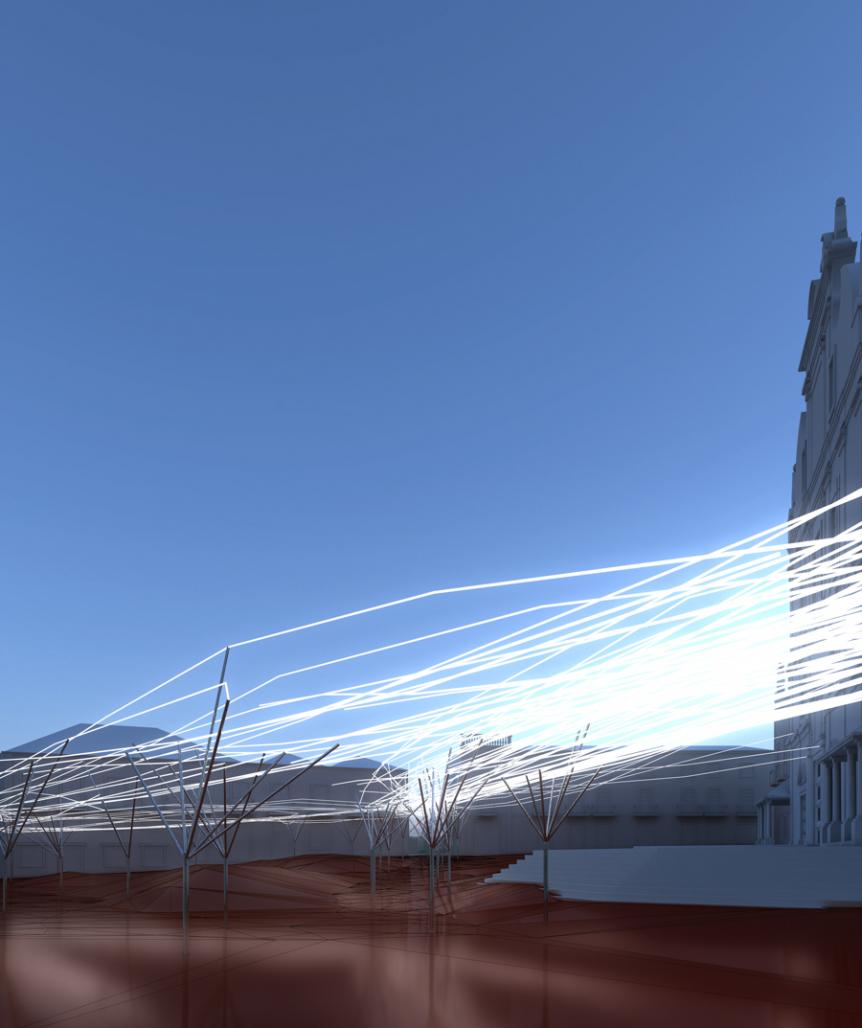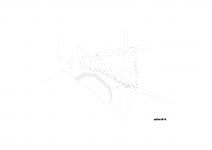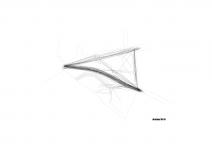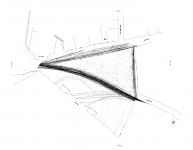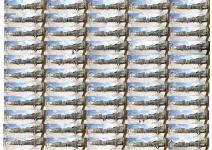This work intends to make a digital approach as a means of representation, such as generating leads, and transformations of the form. The architecture must respond to all elements, we can not just do a static analysis looking for the settings and formal characteristics of space, you must learn to process all the information contained within. The information is transformed into code to be processed digitally, using software that can simulate various possibilities, the processing capacity of information allows us to study a number of solutions.
The study of the forms is no longer a drawing action and becomes a reactive action that responds to information (inputs).
This paper addresses the study of human behavior in space, how this analysis can become information to the search form, which processes can be used to process this information.
To do this analysis, we chose a consolidated urban public space in the historic city of Santarém (Largo Sa da Bandeira). The intention is to try to understand how people move and behave in this space through photographic records. This sampling is used to record the positions and movements of people and turn this item in graphs / diagrams with dots and lines for the positions for the directional movements.
After processing the information of the positions and movements of people as directional points and lines, we decided to search for ways / solutions. Soon it was found that there is a large flow of directional movements of entries and exits, leaving the central part of the square almost useless, with only some sporadic use of transverse movements.
The transformation of points in a Delaunay triangulation (union of points closer to each other), aims to create the possibility of topographies that react to information processed by software (scripts) that mathematical programming, able to generate different topographies, but based in points. In areas of high flow, the topography remains unchanged, but in areas of little use, the topography is altered radically.
The lines of the directional movement of people become physical lines that mark the steady flow. You can see various tests that rehearse the possibilities of formalization of the lines, they become lines of light that mark the evening the flow of the day.
The realization of this process involves an artificial state of natural elements, like an artificial garden, with a triangular topography and trees of metal with a light branch.
This concept comes after the formal testing process of behavioral analysis of people, although there is an intention to clash with the natural garden (Garden of the Republic), which is next to this public space.
The premise is to reactivate and activate behavioral phenomena in people.
We want to learn how you behave, to become more sensitive to this.
Daan Roosegaarde
Interactive environments have a transforming effect, can lead the user to unexpected behavior.
The installation Dune 4.0 by Studio Roosegaarde consists of fibers of light equipped with microphones and presence sensors, this means it becomes a reactive installation, allowing the user to interact with and transform the environment with their behavior.
This interaction leads to different environments, when there is no movement or noise, the fiber remains off, but with the movement and / or noise, bind to and increase in intensity.
This principle is applied in the garden shrubs artificial light in the center of the square, where there is little use, thus activating the possibility of greater use and interaction of people with the space.
2011
2011
primtive studio/rui silva martins
